✓ Joining us on our Whatsapp Channel: 💬 Explore and Escape!.
Booking through us:
✓ 🏩 🛌 Handpicked Luxury Stays in Budget: Booking.com | Agoda.com
✓ 🍹⛱️ Deals on Private xfers, SIM Cards, City tours, Day trips : 📍🗺️ GetYourGuide | 🛵🧳 Klook
If you have done the things to do in South Korea, you’d know there are quite a few of them here in Gwangju.
Nestled in the heart of South Korea, Gwangju is a province that’s as diverse as it is captivating.
With its tranquil temples, bustling markets and scenic landscapes, it’s no surprise that Gwangju remains a thrill-seeker’s paradise.
Whether you’re a culture enthusiast in search of the city’s rich art scene or an adventurer looking for your next adrenaline rush, Gwangju is a destination that promises something truly special.
So pack your bags and get ready to experience a province that’s brimming with possibilities!
Without further ado listed below are some of the most fun things to do in Gwangju:
1. Gwangju Biennale
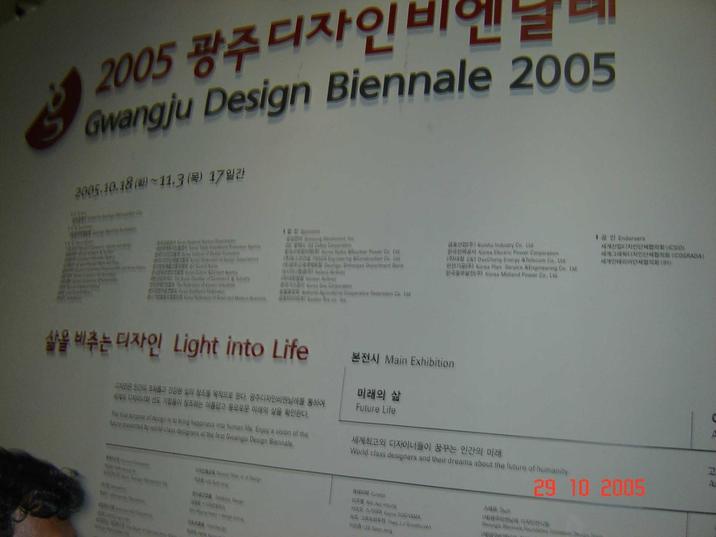
Gwangju Biennale is a contemporary art biennial that takes place in Gwangju, South Korea.
What to see or do: Visitors can see a diverse range of contemporary art pieces from around the world, featuring both established and emerging artists. The biennial includes a mix of visual arts, performances, and installations.
Don’t miss: One of the main highlights of the Gwangju Biennale is the Asia Cultural Center, which hosts the Biennale’s main exhibition. Visitors should also check out the smaller exhibitions and events hosted by the Biennale throughout the city.
Insider travel tips: – Buy your tickets in advance to avoid long lines.
2. Mudeungsan National Park
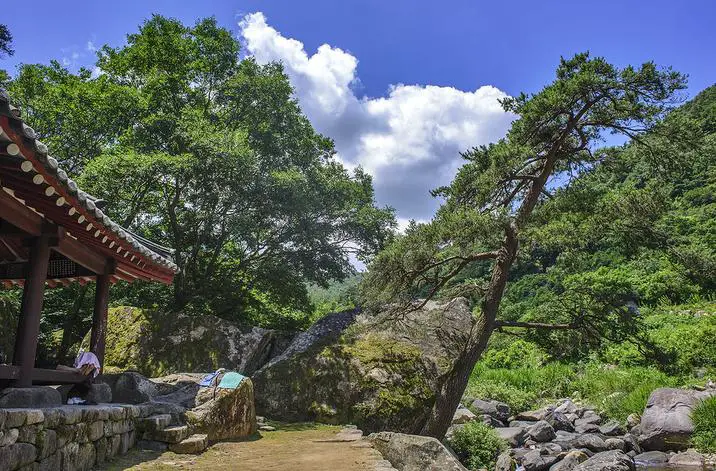
Mudeungsan National Park is a scenic park located in Gwangju, South Korea. The park is famous for its unique rock formations, dense forests, and breathtaking views.
What to see or do: Hiking is the main attraction here, with numerous trails to choose from. The popular courses include Silla Peak and Cheonwangbong Peak, which offer panoramic views of the surrounding areas.
Admire the beautiful temples like Jeungsimsa and Wonhyosa nestled in the park’s forested valleys. Witness cascading waterfalls like Guryong Falls and stunning peaks like Mudeungsan.
Don’t miss: The park’s highlight is the Mudeungsan mountain, a popular peak with different trails, boasting extensive views, Buddhist temples, waterfalls, and art on display.
Also, visit the Jeungsimsa Temple, featuring a large golden Buddha, and the Wonhyosa Temple, which provides great views from the summit.
Insider travel tips: The best time to visit is during autumn when the park’s foliage turns into brilliant shades of red, orange, and yellow.
Be prepared for a long hike and carry essential hiking gear such as water, snacks, and rain gear. The park is easily accessible and offers lavatories and drink vending machines along with picnic areas and parking.
There are buses that run to the park from Gwangju’s U Square Bus Terminal or from Mudeung Terminal Station.
3. Gwangju National Museum
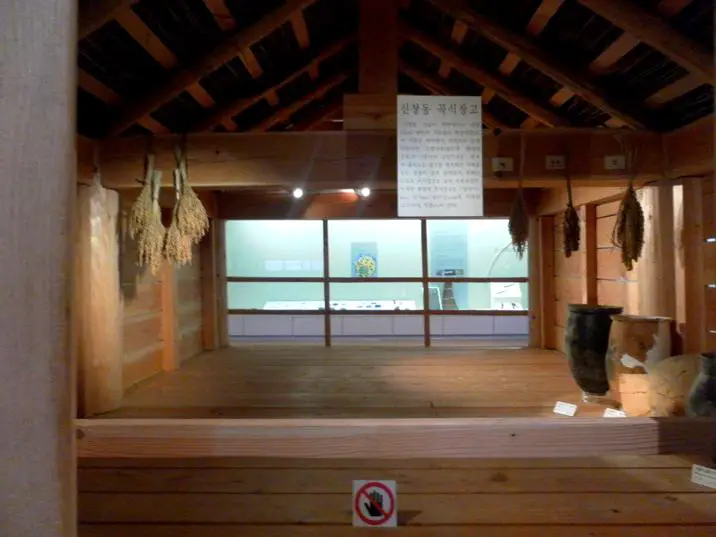
Gwangju National Museum is a museum located in Gwangju, South Korea.
What to see or do: The museum showcases cultural artifacts from the region including pottery, bronze objects, and traditional tools. There are also exhibits dedicated to the history of Joseon Dynasty and the Korean War.
Don’t miss: The highlight of the museum is the beautifully-crafted white porcelain of the Joseon Dynasty. Check out the realistic dragon sculptures made of clay and the intricate celadon ware.
Insider travel tips: Make sure to download the museum’s app as it provides an audio guide with detailed information about the exhibits. Also, visit the museum during the week to avoid crowds and have a more relaxed experience.
4. May 18th National Cemetery

May 18th National Cemetery is a memorial park located in Gwangju, South Korea, honoring the victims of the 1980 Gwangju Uprising.
What to see or do: The cemetery features a variety of monuments and memorials to remember the victims of the tragic event. Visitors can take a walk amongst the tranquil park, with picturesque sculptures and lush greenery creating a solemn atmosphere.
Don’t miss: Make sure to pay respects at the main monument, which contains the remains of those who died during the uprising.
Also, don’t miss the poignant wall of letters, featuring messages of love and remembrance from the families and friends of the victims.
Insider travel tips: Check out the museum on-site, which exhibits historical documents and personal items related to the 1980 Gwangju Uprising.
Additionally, the cemetery is located near a variety of other tourist attractions in the city, so consider planning a full day of sightseeing in the area.
5. Jeungsimsa Temple
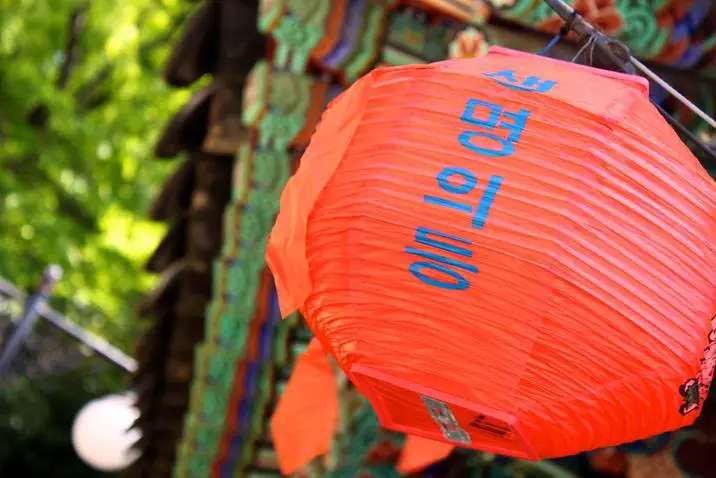
Jeungsimsa Temple is a Buddhist temple located in Gwangju, South Korea.
What to see or do: Visitors can explore the temple grounds, which offer stunning views of the surrounding landscape and beautifully preserved buildings from the Joseon Dynasty.
The temple also offers various meditation and spiritual practices, such as chanting, praying, and hiking.
Don’t miss: Don’t miss the opportunity to witness the breathtaking sunset from the temple’s observation deck, which offers an unobstructed view of the Gwangju cityscape.
Insider travel tips: – Dress comfortably and conservatively, as this is a holy site.
6. Sajik Park
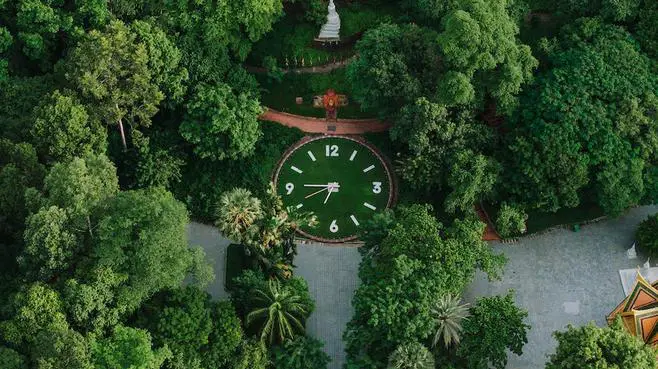
Sajik Park is a spacious and serene public park located in Gwangju, South Korea.
What to see or do: Take a leisurely stroll around the park and admire the variety of flora and fauna. Visit the stunning Sajik Pavilion, a traditional Korean structure that offers panoramic views of the city.
Explore the numerous walking trails, picnic areas, and playgrounds scattered throughout the park.
Don’t miss: Take a visit to the traditional Korean garden, Simsan Garden, located within Sajik Park. Catch the cherry blossoms during the spring to see the park at its most picturesque.
Insider travel tips: Bring your camera to capture the stunning views from Sajik Pavilion.
7. Damyang Bamboo Forest
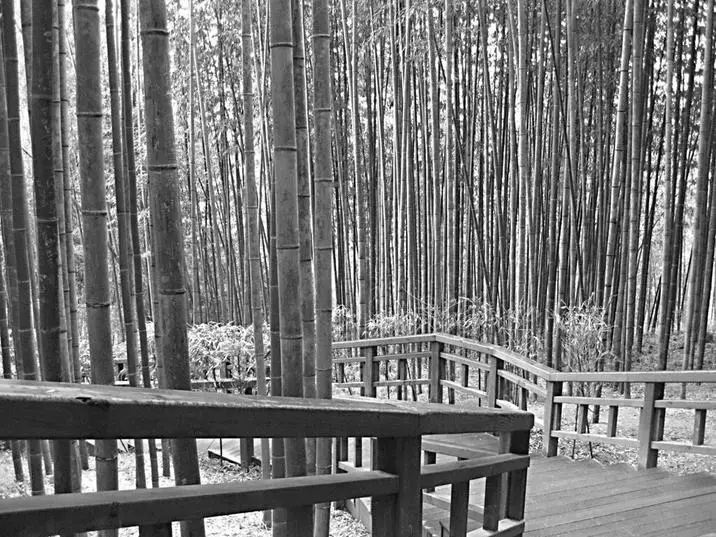
A dense bamboo forest with walking trails located in Damyang, South Korea.
What to see or do: Take a leisurely walk or bike ride through the shaded bamboo groves, stop by the eco-park for some educational exhibits on the bamboo and its uses, and make a stop at the bamboo-themed cafes and souvenir shops.
Don’t miss: The bamboo musical instruments on display at the eco-park, and the bamboo shoots available for tasting in the spring.
Insider travel tips: The best time to visit is in the summer when the forest is cooler. Be sure to wear sturdy walking shoes as the trail is hilly and rocky in some areas.
To avoid crowds, visit on weekdays or in the early morning.
8. Gwangju Folk Museum
Gwangju Folk Museum is a historical museum dedicated to the local culture and traditions of Gwangju city of South Korea.
What to see or do: Visitors can explore the exhibits showcasing the traditional lifestyle, handcrafted items, and ancient artifacts of the region. There are various displays of clothing, pottery, farming tools, and household items that give a glimpse of the past.
Don’t miss: Don’t miss the outdoor exhibit showcasing the blacksmith, the traditional home, and roof tiles making. Visitors can also experience the ancient art of making fermented soybean paste and try some on site.
Insider travel tips: This museum is entry-free and is open every day except Monday.
9. Asia Culture Center
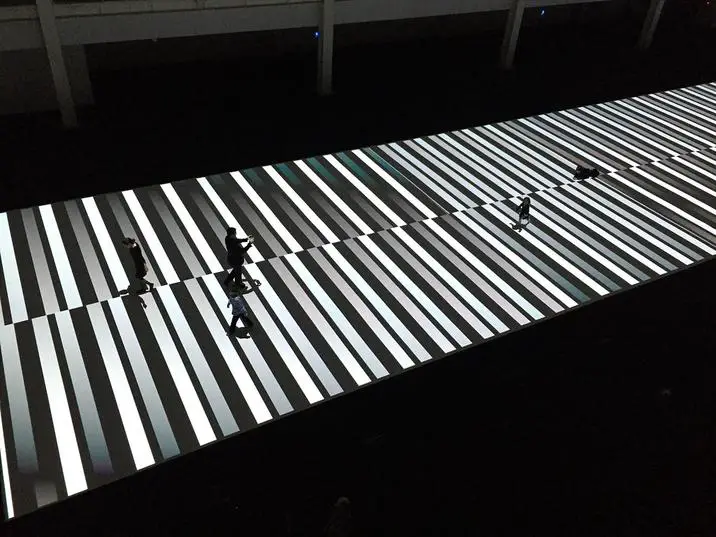
The Asia Culture Center (ACC) is a multi-disciplinary cultural platform that celebrates and promotes Asian arts and culture.
What to see or do: Visitors can explore various exhibitions, performances, and events that showcase various forms of art, including music, dance, theater, film, and literature.
The center also houses a library, digital archive, and educational facilities.
Don’t miss: The stunning ACC building, designed by world-renowned architect ASYMMETRIK, is a must-see.
It features a unique blend of traditional and modern architectural styles, with a striking glass façade that reflects the surrounding environment.
Insider travel tips: Be sure to check the ACC’s calendar of events before your visit, as there are always exciting exhibitions and performances taking place throughout the year.
Also, take advantage of the various workshops and activities that are available for visitors of all ages and backgrounds.
Finally, be sure to explore the surrounding area and enjoy the local food and culture in one of Korea’s most vibrant cities.
10. Gwangju Art Street
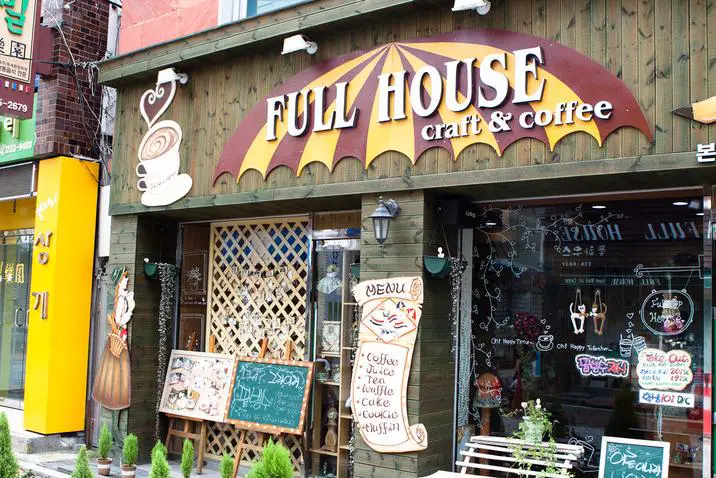
Gwangju Art Street is a colorful and vibrant open-air art museum located in the city of Gwangju, South Korea.
What to see or do: Admire over 80 murals and sculptures created by talented local and international artists that showcase the cultural diversity of Gwangju.
Don’t miss: The famous Star Alley, a pathway decorated with thousands of glow-in-the-dark stars that create an enchanting atmosphere at night.
Insider travel tips: – Wear comfortable shoes as some of the artwork is located on steep slopes.
11. 5.18 Memorial Park
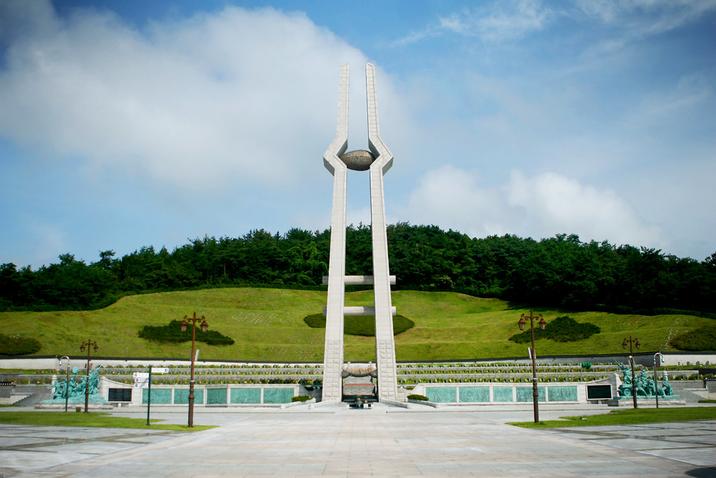
A memorial park in Gwangju, South Korea, dedicated to the victims of the Gwangju Uprising in 1980.
What to see or do: Visitors can pay their respects at the monument and memorial hall dedicated to the victims. The park also features walking trails, landscaped gardens, and a pond.
Don’t miss: The May 18th National Cemetery, where many of the victims of the uprising are buried.
Insider travel tips: Visit during the spring when the cherry blossoms are in bloom for a beautiful and peaceful experience. Alternatively, visit during the annual May 18th Democracy Movement Commemoration event.
12. Yangnim-dong Cafe Street
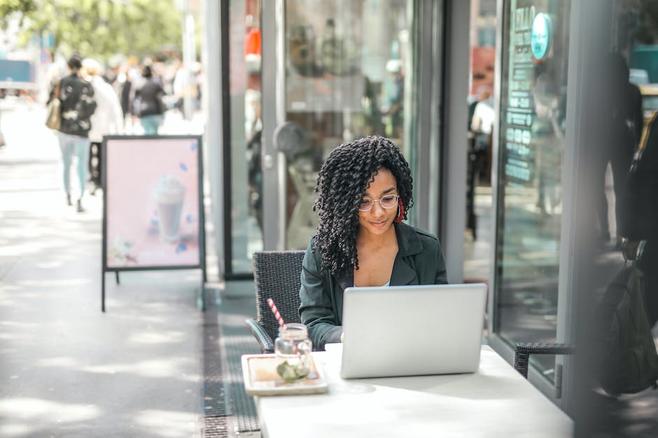
Yangnim-dong Cafe Street is a popular spot in Gwangju for coffee lovers and cafe hoppers.
What to see or do: Explore the various cafes on the street and pick your favorite. The cafes offer a range of coffee, tea, desserts, and light meals.
Some cafes have outdoor seating and beautiful views.
Don’t miss: Do not miss the opportunity to try the traditional Korean tea at Cafe M. Tea lovers should also visit Yeosu Tea House for a unique experience.
Insider travel tips: To avoid crowds, visit on weekdays instead of weekends. Parking can be difficult, so consider taking a taxi or public transportation.
The street can be hilly, so wear comfortable shoes.
13. Pungam Reservoir
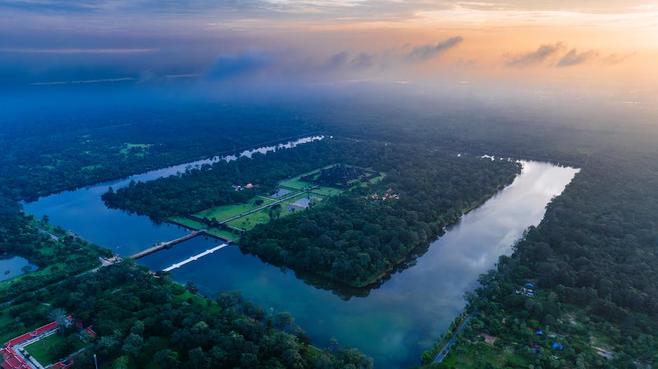
The Pungam Reservoir is a man-made lake located in Gwangju, South Korea. It supplies water to the city and has become a popular destination for outdoor activities and water sports.
What to see or do: Visitors can go fishing, kayaking, or canoeing on the lake. There are also hiking trails and picnic areas around the reservoir.
Don’t miss: Make sure to take in the beautiful scenery of the surrounding mountains and forests while on the water. On clear days, you can even see the distant city skyline on the horizon.
Insider travel tips: Pack a picnic and enjoy lunch by the water’s edge. If you’re planning on fishing, be sure to get the appropriate permits and licenses beforehand.
This is a great spot to spend a whole day relaxing and soaking up the scenic nature.
14. Uchi Park
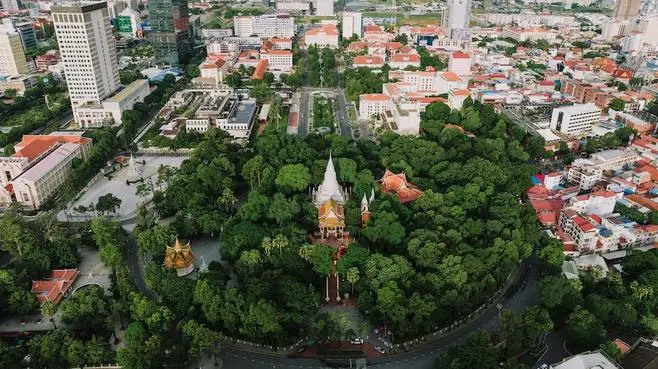
Uchi Park is a beautiful urban green space located in Buk-gu, Gwangju, South Korea.
What to see or do: Take a stroll through the park and relax amid the picturesque natural scenery.
The park features several walking trails lined with trees, bamboo forests, and a large pond which is home to various species of fish and birds.
Uchi Park is perfect for couples, families and solo travelers looking for a calming respite in the middle of the city.
Don’t miss: Visit the mini zoo located in the park to see some of the local wildlife up close. You can also rent a bike and enjoy the park’s trails from a different perspective.
Insider travel tips: – The park is less crowded during the weekdays, making it a great time to visit if you’re looking for a peaceful afternoon.
15. Gwangju Kimchi Market
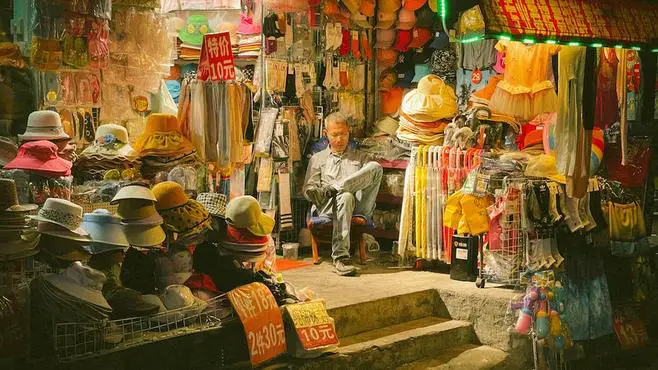
Gwangju Kimchi Market is a traditional market in Gwangju, South Korea, specializing in the sale and production of kimchi, a staple dish in Korean cuisine.
What to see or do: Visitors can explore the vibrant market and sample a variety of kimchi dishes, including traditional cabbage kimchi and regional variations. The market also sells local produce, meats, and seafood.
Don’t miss: Be sure to try the “kkakdugi” variety of kimchi, made from diced radish and mixed with spicy chili paste. The market also offers kimchi-making classes for those interested in learning how to make their own.
Insider travel tips: The market is busiest in the months leading up to winter, when kimchi-making reaches its peak. Try to arrive early in the day to avoid crowds and get the best selection of kimchi.
Additionally, bargaining is common in Korean markets, so don’t be afraid to negotiate prices with vendors.